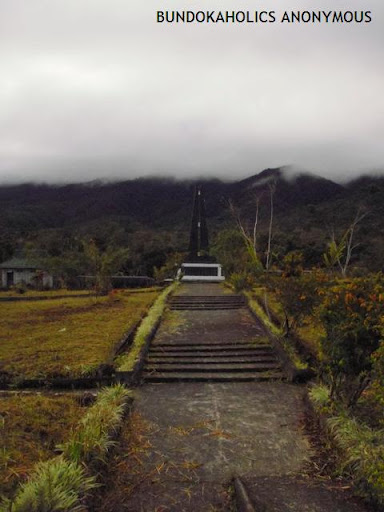| View from Sitio Civoleg: Pamalihi peak (false summit) to the rightmost |
Mt. Balatukan forms one of the gargantuan ranges that pillars Misamis Oriental. This strato-volcano has an estimated elevation of 2,450masl (Wikimapia) and is considered as the highest peak in Misamis Oriental looming over the whole Gingoog City and nearby towns along the National Highway. The summit is called Rosas Pandan Peak, and there is an adjacent prominent peak the locals refer to as Pamalihi peak.
























